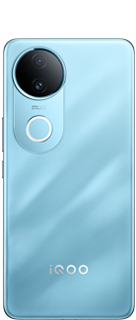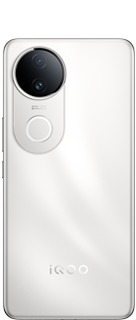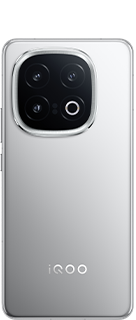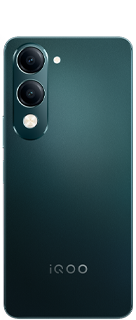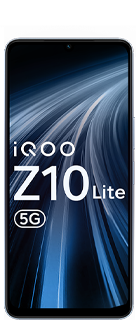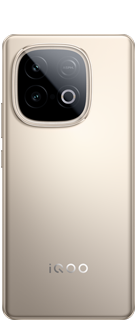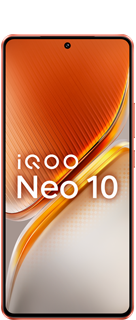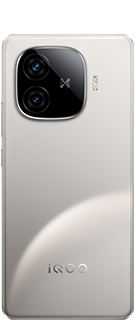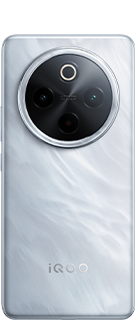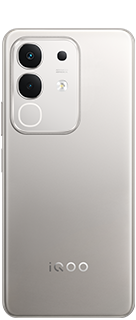Silicon-Carbon Batteries Explained

Battery innovation doesn’t always get the spotlight, but maybe it should. After all, it’s one of the few things that truly defines the day-to-day user experience. Over the years, smartphone processors got faster, displays turned fluid and vibrant, and cameras reached near-DSLR quality.
But battery life? Mostly stagnant. Until now. A quiet revolution is unfolding in battery chemistry, and it’s called silicon-carbon.
The Limits of Lithium-Ion
Modern smartphones, laptops, and EVs have relied on lithium-ion batteries for decades. The technology is built around a graphite anode, a safe, stable material with one critical downside: it’s maxed out.
Graphite holds lithium ions well, but its theoretical capacity (372mAh/g) is a hard ceiling. Over the past few years, we’ve only seen incremental gains, maybe 3-5% per generation. That’s not enough when users want thinner devices and longer runtimes.
Silicon-Carbon Steps In
Silicon changes the game. It can absorb nearly 10 times more lithium than graphite, theoretically enabling 4,200mAh/g. But the catch is brutal: silicon expands 300-400% when charged. That’s a recipe for cracked electrodes, broken internal structure, and batteries that degrade in months. No one wants a swollen phone after six months.
That’s where the silicon-carbon (Si/C) composite comes in, a hybrid solution that mixes small amounts of nano-silicon into a conductive carbon matrix. The carbon scaffold gives structure and stability. The silicon delivers a bump in capacity. Instead of 100% silicon, most Si/C anodes use 5-15% silicon, enough to boost energy density by 10-20% without the destructive swelling.
How It Actually Works
In traditional lithium-ion batteries, lithium ions move between the cathode and anode during charge and discharge cycles. Silicon-carbon (Si/C) batteries follow the same process, but the anode's improved structure | stores more ions within the same volume. That means a 5,000mAh battery can now deliver 5,500 or even 6,000mAh, without any increase in physical size.
Alternatively, you can shrink the battery to make the phone slimmer without compromising on battery life.
It's not just about size. Silicon-carbon batteries also charge faster, perform better in the cold, and retain more usable power at lower voltages. In one case, Honor's tests showed 240% more remaining capacity at: 3.5V compared to standard Li-ion batteries. That translates to more screen-on time near the end of a battery cycle.
The Road Ahead
Silicon-carbon isn’t the final form. Solid-state and sodium-ion batteries are coming, but they’re not ready yet. Right now, Si/C is the best blend of innovation and practicality. It supercharges lithium-ion without rewriting the rulebook. In a world of foldables, ultra-thin phones, and AI-powered features that drain batteries fast, this tech couldn’t have come at a better time.
For users, it means this: slimmer phones, longer battery life, and a lot less anxiety about hitting 10% by dinner. It’s not magic. It’s chemistry, refined. And it’s already changing what smartphones can be
Source - Gizmochina
Signing off
Please sign in
Login and share
